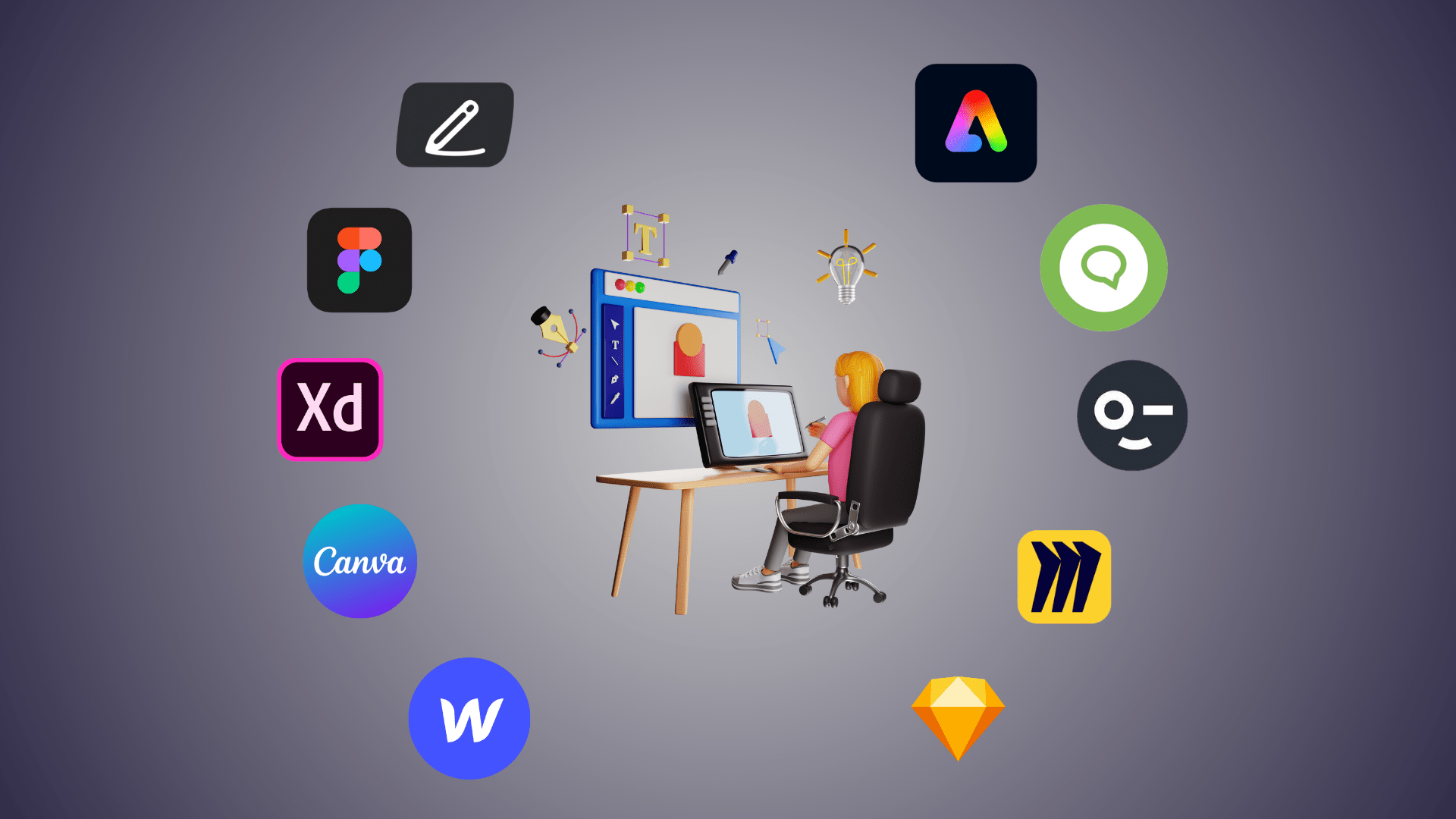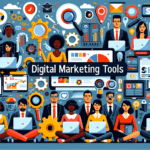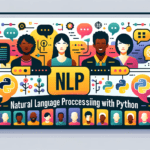In the dynamic world of web design, staying ahead requires using the best tools available. Whether you’re crafting a B2B SaaS platform, a personal portfolio, or an ecommerce site, the right web design software can streamline your workflow and enhance the final product. Here’s a comprehensive look at the 14 best responsive web design tools to optimize your projects and exceed client expectations.
Best Web Design Tools
1. Marker.io
Marker.io is a feedback tool for web designers to collect annotated feedback from live and staging sites. It’s simple to use, allowing for one-click feedback submission with annotations, screenshots, and session replays. This tool integrates seamlessly with project management (PM) tools like ClickUp, Jira, and Trello, ensuring no feedback gets lost. Key features include visual feedback, session replay, and automatic data-rich bug reports.
Key Features:
- Visual feedback and annotations: Arrows, shapes, text over screenshots, blur for sensitive information, different colors, and emojis.
- Session replay: Watch recordings of the last 30 seconds before feedback was submitted.
- Data-rich bug reports: Automatically capture URLs, environment details, metadata, and network requests.
- Automatic 2-way sync: Integrates with PM tools for streamlined issue tracking and resolution updates.
Pricing: Starts at $39/month.
2. Figma
Figma is a powerful tool for real-time collaborative design and prototyping. It offers vector-based editing, built-in prototyping capabilities, and an extensive plugin system. Ideal for user interface design, Figma’s real-time collaboration and design components make it a top choice for web designers.
Key Features:
- Real-time collaborative design: Multiple team members can simultaneously work on the same project.
- Vector-based editing and design tools: Precision and scalability for design elements.
- Prototyping capabilities: Create interactive and animated prototypes.
- Design components: Reusable UI elements across web pages.
- Plugin system: Extend functionality with a wide range of plugins.
Pricing: Free with limitations. Professional plan available for $12/user/month.
3. Adobe XD
Adobe XD is a vector-based design tool within Adobe Creative Cloud tailored for web and app designers. It integrates seamlessly with other Adobe apps and offers extensive web design tools, interactive prototyping, and auto-animate transition and motion design features.
Key Features:
- Vector-based design tools: Tailored for web and app interfaces.
- Integration with Adobe Creative Cloud: Smooth workflow with Photoshop, Illustrator, and more.
- Responsive resize and asset libraries: Efficiently manage design elements.
- Interactive prototyping: Test and refine user experiences.
- Auto-animate: Easy transition and motion design.
Pricing: Included in Adobe Creative Cloud, starting at $84.99/month per user.
4. Canva
Canva is a user-friendly graphic design tool perfect for quickly creating visual assets. It offers a drag-and-drop interface, collaborative features, and an extensive library of templates, photos, and illustrations.
Key Features:
- Drag-and-drop interface: Intuitive and easy to use.
- Collaborative features: Real-time teamwork capabilities.
- Extensive template library: Pre-made templates for various design needs.
- Stock photos, illustrations, and icons: Free and paid options.
- Mobile app: Design on the go.
Pricing: Free plan, Pro plan at $12.99/month, and Team plan at $14.99/month per user.
5. Webflow
Webflow combines web design and development in a visual, no-code environment. It offers complete control over HTML, CSS, JavaScript, built-in CMS, and custom animations. Webflow is ideal for responsive web design and interactive animations.
Key Features:
- No-code web design interface: Visual design without writing code.
- Control over CSS, HTML, and JavaScript: Fine-tune every aspect of your site.
- Built-in CMS: Manage dynamic content easily.
- Real-time preview: See changes as you make them.
- Custom animations and interactions: Enhance user experience with interactive elements.
Pricing: Plans start at $14/month when paid annually.
6. Sketch
The sketch is a Mac-specific design tool favoured for its vector-based design capabilities and extensive plugin ecosystem. It’s best for interface design and collaboration within the Apple ecosystem.
Key Features:
- Vector-based design tools: Precision design elements.
- Prototyping capabilities: Create interactive mockups.
- Plugin ecosystem: Extend functionality with various plugins.
- Integration with Apple ecosystem: Seamless workflow for Mac users.
Pricing: From $12/month per user.
7. WordPress
WordPress is a versatile content management system (CMS) known for its flexibility and extensive range of themes and plugins. It’s suitable for various website types, from blogs to online stores, and offers an intuitive interface and active community support.
Key Features:
- Intuitive interface: Easy to manage and update content.
- Wide range of themes: Customize the look and feel of your site.
- Over 50,000 plugins: Add functionality like SEO, eCommerce, and more.
- Open-source platform: Large community of users and developers.
- SEO-friendly design: Improve search engine visibility.
Pricing: Free, with additional costs for hosting, themes, and plugins.
8. Designmodo
Designmodo provides high-quality UI kits, templates, and tools for web designers. Known for its design resources and educational content, it offers tools like Slides Framework for animated websites and Startup Framework for drag-and-drop website building.
Key Features:
- UI kits and design templates: High-quality resources for design projects.
- Slides Framework: Create animated websites with ease.
- Startup Framework: A drag-and-drop tool for building sites.
- Postcards: Create email templates.
- Educational content: Tutorials, articles, and guides on web design.
Pricing: Varies based on tools and subscriptions.
9. GoProof
GoProof simplifies the design review process by providing a centralized platform for collaborative proofing. It integrates with Adobe Creative Cloud and offers tools for annotation, version comparison, and email notifications.
Key Features:
- Collaborative proofing dashboard: Centralized platform for feedback.
- Side-by-side version comparisons: Track design changes.
- Annotation tools: Precise feedback for designs.
- Email notifications: Stay updated on comments and approvals.
- Integration with Adobe Creative Cloud: Seamless workflow for Adobe users.
Pricing: Around $150/month.
10. Marvel
Marvel is an all-in-one design platform for digital apps and websites. It offers interactive prototypes, user testing, and collaboration tools. To streamline workflows, Marvel integrates with Sketch, Jira, and Slack.
Key Features:
- User interface design tools: Design and prototype in one platform.
- Collaboration and feedback tools: Real-time collaboration.
- User testing: Validate designs with end-user testing.
- Integration with design and productivity tools: Seamless workflow integration.
Pricing: Free plan, then starts at $9/month.
11. Adobe Express
Adobe Express is a user-friendly tool for creating social media graphics, posters, videos, and basic web pages. It integrates with Adobe Creative Cloud assets and offers a range of customizable templates.
Key Features:
- Drag-and-drop interface: Intuitive and easy to use.
- Customizable templates: Wide range of design options.
- Social media, posters, videos: Create diverse content types.
- Integration with Adobe Creative Cloud: Access to Adobe assets.
- Collaboration features: Teamwork capabilities for projects.
Pricing: Free with an Adobe account; paid plans start at $9.99/month.
12. Miro
Miro, now including InVision, is a collaborative whiteboard tool for visual markup and feedback. It’s great for developing design concepts and conducting remote design and UX workshops.
Key Features:
- Collaborative visual markup whiteboards: Real-time collaboration.
- User journey maps: Develop and visualize user flows.
- Remote workshops: Conduct design and UX workshops remotely.
- Integration with other tools: UX research software, bug-tracking.
Pricing: Various plans are available.
13. Asana
Asana is a powerful project management suite with AI-powered automation workflows, custom fields, and advanced reporting. It’s ideal for managing design projects from start to finish.
Key Features:
- Custom fields: Tailor project management to your needs.
- Time-tracking and workload management: Efficiently manage team tasks.
- Advanced search and reporting: In-depth data analysis and export.
- AI-powered automation: Streamline workflows and increase productivity.
Pricing: Varies based on plan.
Conclusion
Choosing the right web design tool can significantly impact your productivity and the quality of your projects. Whether you need a simple feedback tool like Marker.io, a robust design platform like Figma or Adobe XD, or a versatile CMS like WordPress, there’s a tool to meet every web designer’s needs. Evaluate your specific requirements and budget to select the best tools to enhance your workflow and help you deliver outstanding web designs.




